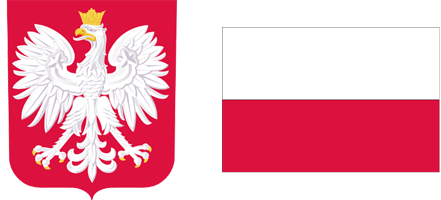Genus Phaeocalicium A.F.W. Schmidt belongs to the Mycocaliciaceae. Currently, 23 species of saprotrophic and parasitic fungi are distinguished in this genus (Kirk, 2024), the occurrence of which is mainly limited to the northern hemisphere (Giavarini & Purvis, 2009). Single localities of Phaeocalicium species, belonging only to Ph. compressulum (Nyl. ex Szatala) A.F.W. Schmidt, have also been reported in Australia and New Zealand (McCarthy, 2023). Species of the genus Phaecalicium grow on the bark of various trees and shrubs in Europe and North America, where we know the most species and localities. Phaeocalicium taxa were most often given with Alnus, Populus, and Salix bark (Tibell, 1975, 1996).
Phaeocalicium populneum (Brond. ex Duby) A.F.W. Schmidt (= Calicium populneum Brond.) is found only in the northern hemisphere. The most significant number of localities of this species have been recorded in western, central, and northern Europe and Canada. It is also reported from the U.S.A., Ukraine and Russia (European part, Siberia and Far East) (e.g., Aguire-Hudson & Spooner, 2016; Eichler et al., 2010; GBIF Secretariat, 2023; Haughland et al., 2018; Kondratyuk et al., 1996; Kuznetsova et al., 2012; McCune et al., 2020; McMullin & Lendemer, 2013; Spribille et al., 2020; Stepanchikova et al., 2013; Suza, 1933; Tibell, 1975, 1979, 1986, 1996). It is also known from a few localities in northern Italy and Sardinia (Martellos et al., 2023).
The first information about the occurrence of Phaeocalicium populneum is found in the publication of Koerber (1865), after which it is cited by Stein (1879) and Migula (1931). The locality provided by Koerber (1865) was in the palace garden in Kobiela near Grodków (SW Poland), where this fungus grew on young specimens of Sorbus aucuparia. There is a reasonable suspicion that it belonged to a different species because, in the description, the author stated that the specimen found had 1-cell spores, much lower stems, narrower apothecia, which were dark brown to black. These features do not agree with the description of the Phaeocalicium populneum by Schmidt (1970) and Tibell (1996). The description in Koerber (1865) more closely corresponds to Phaeocalicium compressulum (Nyl. ex Vain) A.F.W. Schmidt, but this cannot be confirmed because herbarium specimens have not survived. The only reliable record of Phaeocalicium populneum in Poland was given by Hellwig (1897) from the vicinity of Żagań (SW Poland). This fungus grew on the fallen branches of Populus italica and the rotting shoots of Vitis vinifera by the road west of the city.
A new locality of Phaeocalicium populneum was found in the Puszcza Darżlubska Forest (northern Poland) in the forest belonging to the Wejherowo Forest District (54.7298056 N; 18.0589167 E; leg 15.VI.2017). The fungus was present on the bark of Populus nigra, which grew by the road between the villages of Kolkowo and Czymanowo, about 1 km SW from the southern shore of Jezioro Żarnowieckie Lake. The population was exceptionally wealthy. It had an area of several square decimeters, and thousands of fruiting bodies have been found. All diagnostic features of the collected specimens corresponded to the description of the species in the publications cited above. Herbarium materials can be found in WRSL–L–012888.


